So you’ve always wanted to know how Diesel powered air compressors work – specifically, the ins and outs and the advantages of running these incredible machines.
One of the most common applications for air compressors is large machinery—everything from Drills to Nail Guns, Grinders, Spray Guns, Sanders, and even Staplers. Before modern air compressors arrived on the scene, all we had were large and complicated systems of belts and wheels.
Today, they’re all over, from the small pneumatic tools most people have sitting in their garages to the colossal machines in factories.
The big advantage of air power is that each tool doesn’t need its own bulky motor. Instead, a single motor on the compressor converts the electrical energy into kinetic energy. This makes for light, compact, easy-to-handle tools that run quietly and have fewer parts that wear out.
If you’re interested in knowing how different air compressors work and how they can help you in your everyday life, you’ve come to the right place – read on to learn everything you need to know.
Table of Contents
Anatomy of Diesel Powered Air Compressors
Most simply, air compressors work by doing exactly what it sounds like they do – they make use of air pressure to get the job done.
First, they compress air it into a smaller volume from what it originally was. Once this has happened, the newly compressed air gets forced into a storage tank. Once the tank is at its maximum pressure, the air compressor switches off, and you can use the compressed air inside.
The components you’ll find inside air compressors are usually quite similar, regardless of their size or application. Some of the most common parts include –
- An engine
- An inlet valve
- An outlet valve
- A pump for air compression
- A storage tank
- A primary oil separator tank
While not all compressors come with storage tanks, most of the larger models do. Therefore, unless a model is particularly portable, it makes sense to have a tank to use for storage.
How Do Diesel Powered Air Compressors Work?
Primarily, an air compressor works by using the principle of air displacement. This simply means that air is compressed by being pushed into a compression chamber. Displacement is also broken down into positive and dynamic displacement.
Positive Displacement
This is the most common method used and is important to understand in engineering. In positive displacement compressors, air is pulled into a chamber, and the chamber’s volume is reduced to compress the air.
Dynamic Displacement
This method just means that rotating blades bring air into a chamber. The movement of the blades builds up pressure in a chamber very quickly and generates large volumes of compressed air. There are essentially two types of dynamic displacement compressors – Centrifugal Force compressors and Axial Compressors.
Types of Diesel Air Compressors
There are three main types of air compressors that we will deal with in this article.
Rotary Screw Compressors
Rotary Screw compressors are usually found in industrial use and come in a variety of sizes. Two screws turn inside the electric motor, going opposite directions. This motion in the rotary screw air compressors creates a vacuum to pull air. Rotary screw air pulled into the threads of the screws is compressed and finally sent out through the outlet valve.
Piston Compressors (also known as Reciprocating Piston Compressors)
A reciprocating air compressor works when the piston moves with the aim to compress the incoming atmospheric air. An inlet valve (sometimes called a suction valve) brings air into the cylinder. A piston compressor usually has a storage tank for storing pressurized air– this reduces wear and tear and improves efficiency.
Most air compressors (diesel powered) are piston-driven, and come in a self-contained unit with the engine and the compressor next to each other.
Rotary (Vane) Compressors
These work with rotary vanes of different sizes. In rotary vane compressors, the air is sucked into the chambers when the automatically adjusts arms rotate. When the motor spins, it moves the air with it, such that arms approach the output, thereby creating a smaller space between the vanes and the casing. This is turn, results in the formation of compressed air.
Stages of Air Compression
Single Stage Compressors
Most piston-based compressors use a single-stage cycle. This means that air is compressed in a single stroke of the engine.
Two Stage Compressors
In a two stage cycle, one piston compresses the air before it is moved to another, smaller chamber which compressed the air even more. These kinds of compressors create a lot of heat when operating and usually have to cool the air down between cycles.
Some Important Aspects of Air Compressors
Regulators
Regulators work by reducing or increasing the pressure coming out of the outlet valve. The regulator pushes a spring which restricts a valve, reducing pressure. Usually, this is done to give the proper pressure required to operate your air tools.
Portability
Portability is really where the Diesel Air Compressor tends to do very well. They’re usually mounted on a wheeled system and can be towed by almost any vehicle. They’re built to operate in all kinds of climates and can be used for hours or days without any problems. As long as you have both oil and Diesel, your compressor will continue to work.
Availability of Numerous Options
Another area that portable diesel compressors shine in is adaptability. There are almost endless additions that you can make to extend the uses for your compressor including:
- Inlet filters for very dusty incoming air
- Air heaters (to heat air that’s been cooled down – prevents moisture)
- Air coolers (to cool down air once it has been compressed)
- Tow bar adaptors
- Cold starter (to start in extremely cold areas)
Safety Features
There are also several safety features that can be invaluable. If you’re using your compressor in an area that has flammable elements, you should invest in a Spark-arrestor fitting to prevent explosions.
Diesel compressors operate similarly to traditional electrical models but with the bonus of diesel-driven power and no reliance on electricity.
Diesel Engines
As we mentioned above, every compressor contains some kind of motor that works to drive the pump. In the case of a combustion engine air compressor, the engine is usually hooked directly to the compressor itself. Some systems connect the diesel engine to a series of pullies and belts that help to regulate the motor.
Typically, a diesel-fueled air compressor will have a straightforward control system. Very different from the larger, more complex stationary models that you might see on a factory floor. The method of controlling the engine is usually mechanical and tied to the compressor itself.
A simple start and stop button (and sometimes a load / unload button) is used to operate it.
Find the Perfect Air Compressor for You
Now that you understand the fundamentals of how Diesel powered air compressors work, you should be able to see which one you need.
Check out our catalog of new and used air compressors to see what will work for you. Or, if you’d like some more information, take a look at our review of the Ingersoll Rand Air Compressor

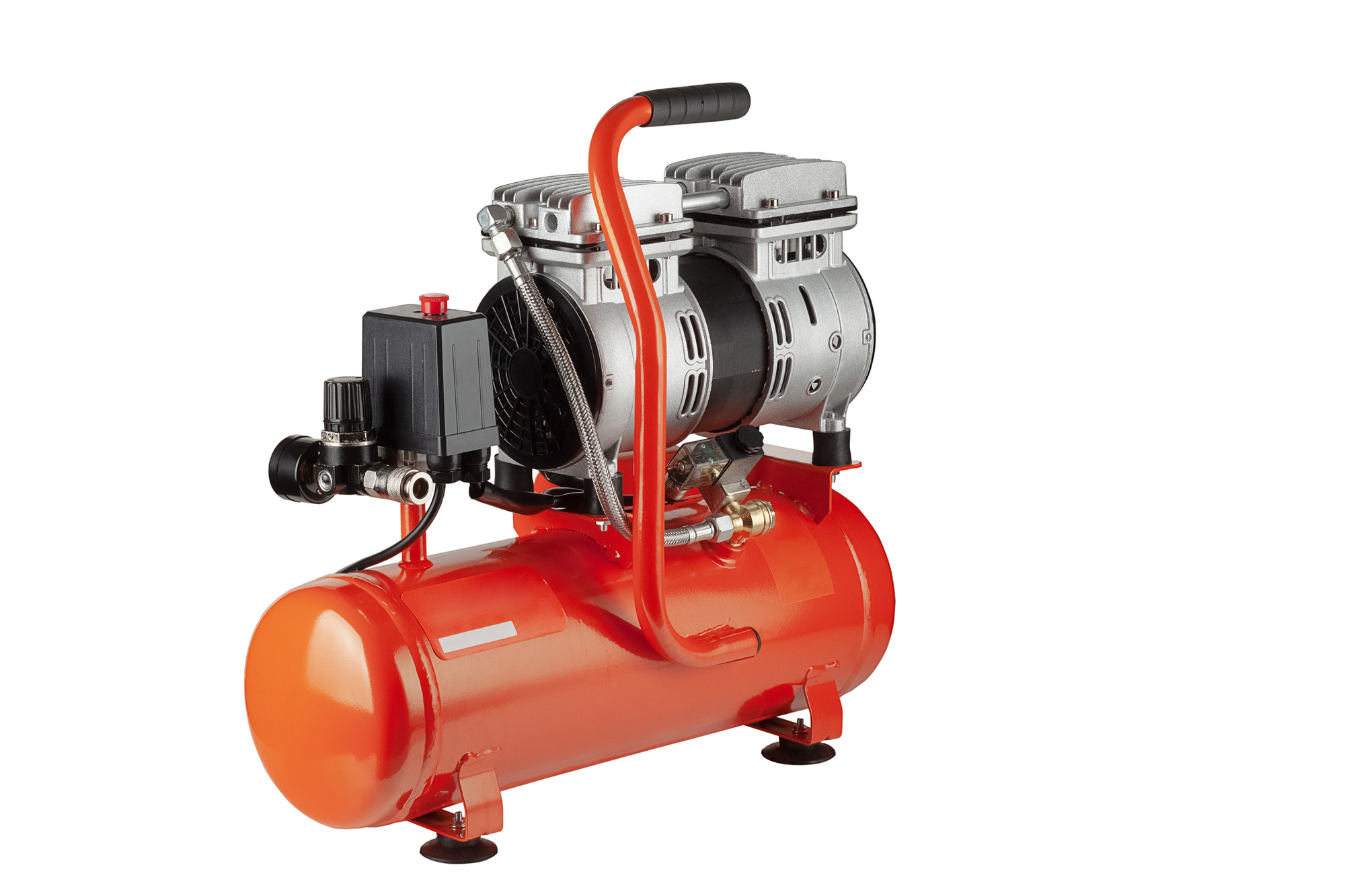
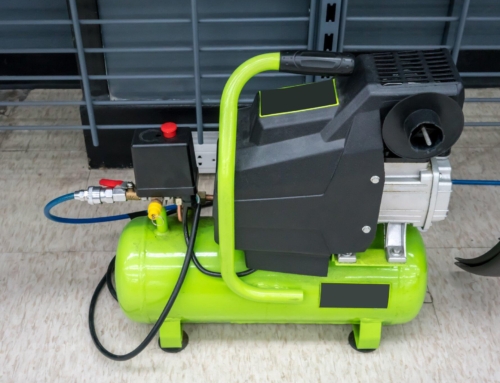
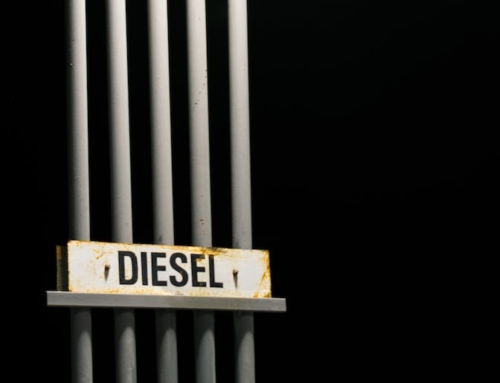
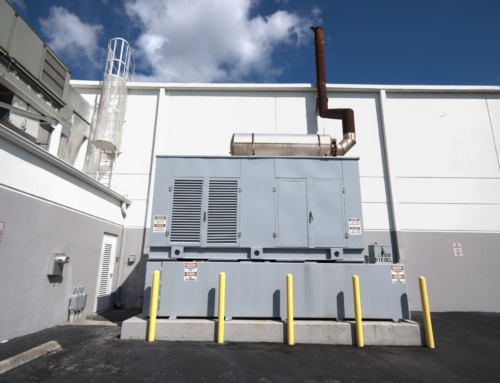
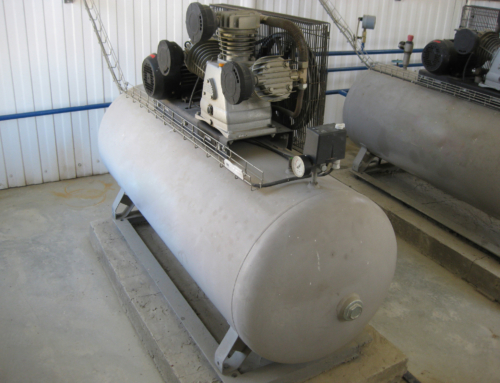
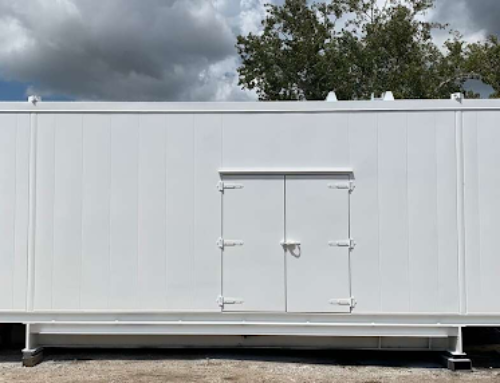
Leave A Comment